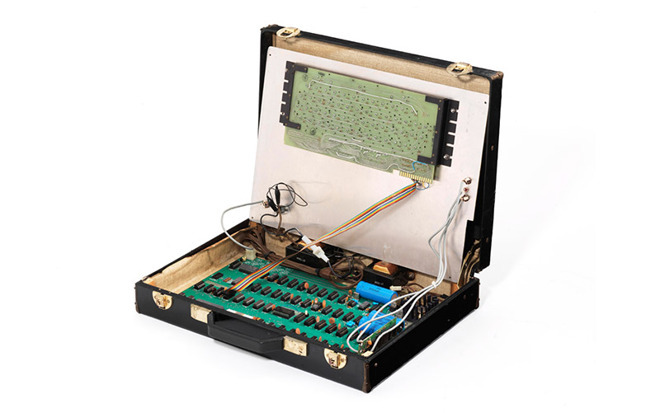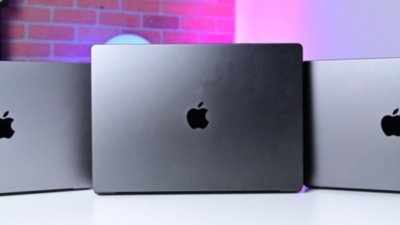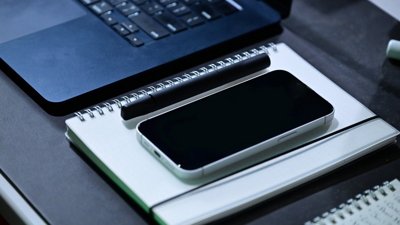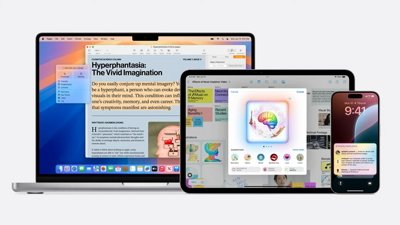A rare Apple I has fetched roughly $471,000 after selling at auction through Christie's auction house in London.
The machine was expected to bring in 300,000 to 500,000 pounds ($378,000 to $630,000) prior to the auction on May 23. It fell towards the lower end of the spectrum raking in 371,000 pounds or about $471,000.
This Apple I is unique as it is built into the bottom half of a briefcase. Aside from the briefcase Apple I, the auction also included a modified cassette interface card, Panasonic RQ-309DS cassette tape recorder, SWTPC PR-40 printer alphanumeric printer, Sanyo VM4209 monitor and Motorola M6800 microprocessor.
An Apple I operation manual, original green "Preliminary" Apple BASIC Users manual dated 1976, Apple I manual from 1977 and early schematics papers were all included as documentation.
Other Apple garb includes a slide of Apple's original logo, various documents from the Apple I Owners Club, early computing magazines with article Apple ads and an article penned by co-founder Steve Jobs, a Specimen bond note for Apple Computer, stock certificates from Apple, Atari, Hewlett-Packard and Pixar, a license plate bearing the iconic rainbow-colored Apple logo and business cards of co-founders Jobs, Wozniak and Ron Wayne. The lot also features drawings of the Apple I by Wayne.
The Apple I first went on sale more than forty years ago for $666.66. Of the 200 that were produced, only around 80 are known to still be in existence.
Christie's last auctioned off an Apple I in 2017 where it reached $355,500, just below the latest sale. Previous sales have reached much higher, just shy of a million at $905,000 in 2014.
 Andrew O'Hara
Andrew O'Hara








 Andrew Orr
Andrew Orr
 Malcolm Owen
Malcolm Owen
 William Gallagher
William Gallagher

 Chip Loder
Chip Loder
 Marko Zivkovic
Marko Zivkovic






-m.jpg)




13 Comments
I was particularly intrigued by the SWTPC PR-40 printer, I saw a demo for one at a local Homebrew Computer Club, probably around 1976. It was a unique thermal printer, because it used aluminized thermal paper. The printhead electrodes made contact with the metallized surface and ran a small electric charge through the paper to make the black marks. It is probably impossible to obtain that paper today (or any time in the last 30 years).
Amazing engineering piece. Need more break through nowadays, not just progressive product. Hopefully, 5G would open the flood gate.